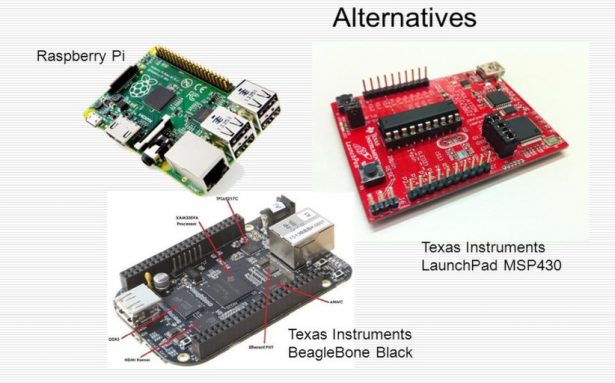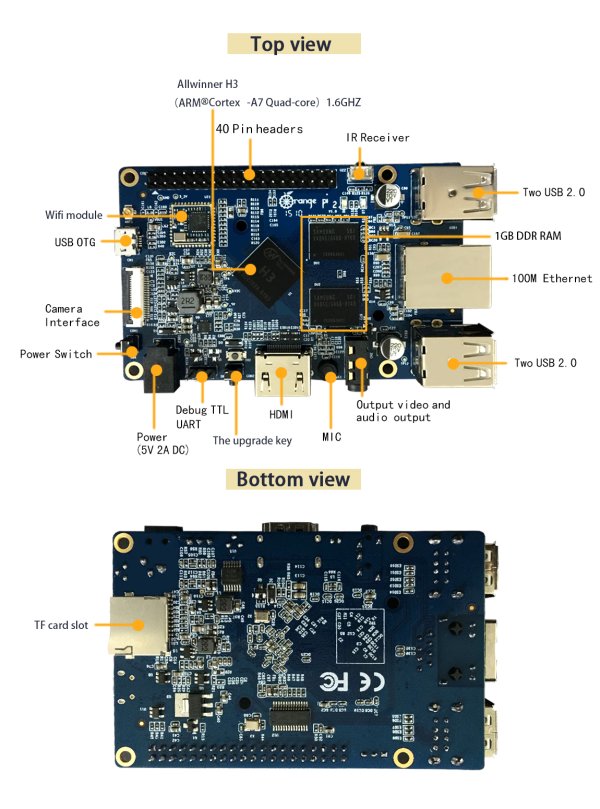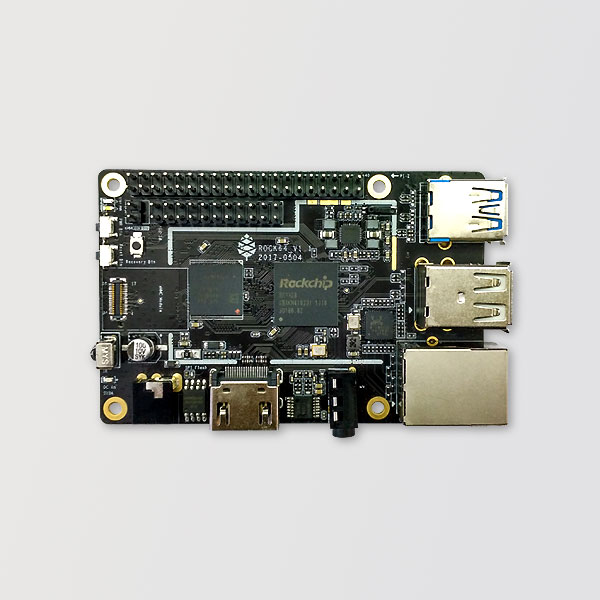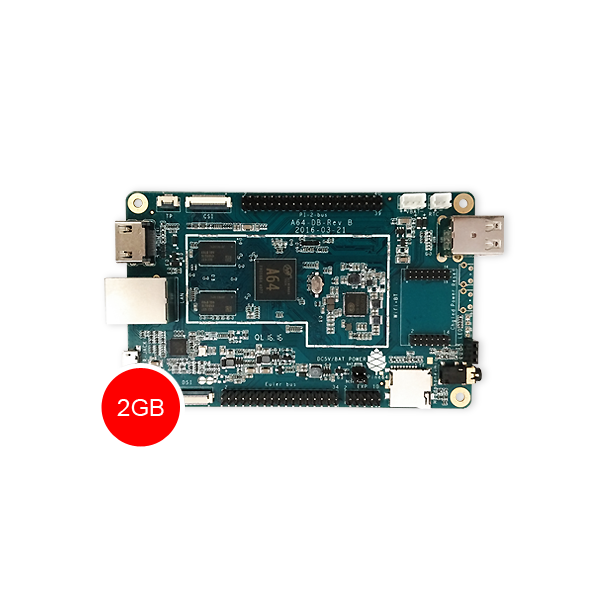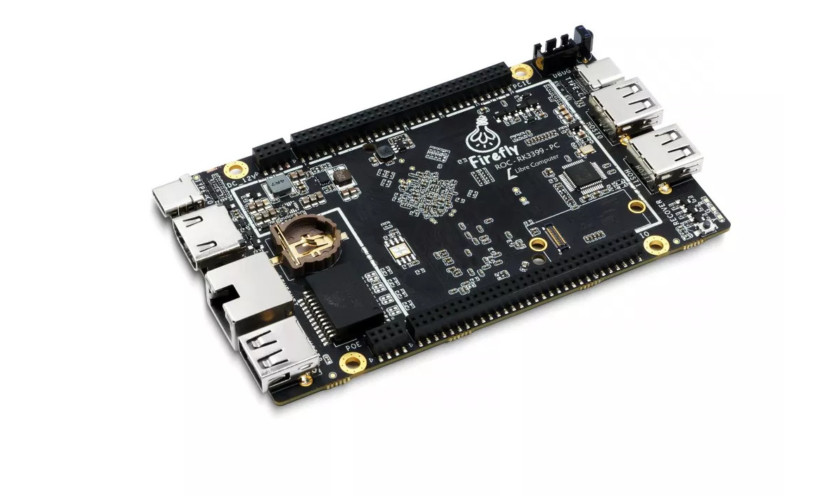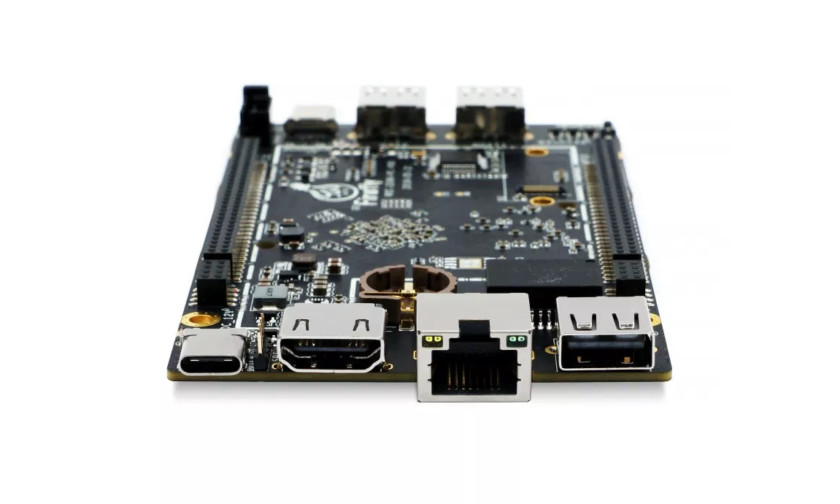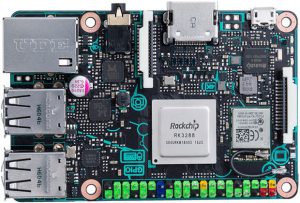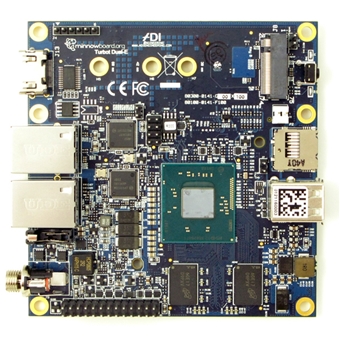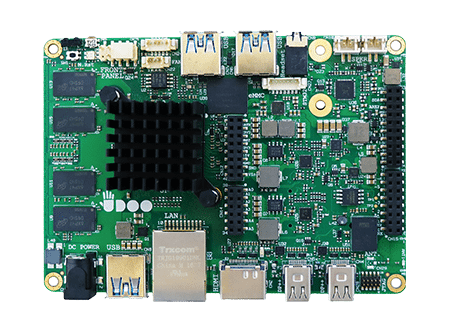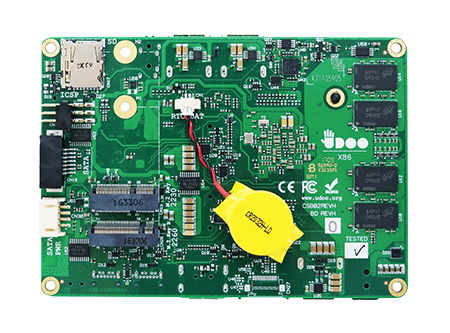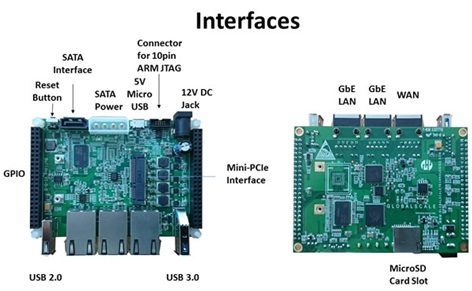Under given is my list of top 10 alternatives of raspberry pi 2 boards for embedded system developments.
1. ODROID-XU4 Board as Raspberry PI 2 alternative
ODROID-XU4 Price: $74
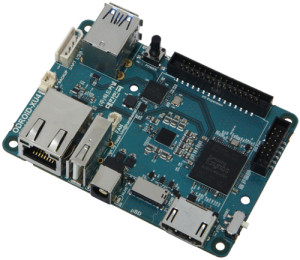
ODROID-XU4 is a new generation of computing device with more powerful, more energy-efficient hardware and a smaller form factor.
Offering open source support, the board can run various flavors of Linux, including the latest Ubuntu 15.04 and Android 4.4 KitKat and 5.0 Lollipop.
By implementing the eMMC 5.0, USB 3.0 and Gigabit Ethernet interfaces, the ODROID-XU4 boasts amazing data transfer speeds, a feature that is increasingly required to support advanced processing power on ARM devices.
This allows users to truly experience an upgrade in computing, especially with faster booting, web browsing, networking, and 3D games.
| CPU | Samsung Exynos-5422 : Cortex™-A15 and Cortex™-A7 big.LITTLE processor with 2GByte LPDDR3 RAM |
| eMMC 5.0 module(Option) | 16GB/32GB : Sandisk iNAND Extreme 64GB : Toshiba eMMC |
| PMIC | Samsung S2MPS11 9 high-efficiency Buck, 1 Buck-Boost regulators, RTC and 38 LDOs. Contact Samsung for more information |
| Ethernet controller |
Realtek RTL8153 The Realtek RTL8153-CG 10/100/1000M Ethernet controller combines an IEEE 802.3u compliant Media Access Controller (MAC), USB 3.0 bus controller. QFN-48 Package |
| USB 3.0 Hub | Genesys GL3521 The Genesys GL3521 is a 2-port, low-power, and configurable USB 3.0 SuperSpeed hub controller. QFN-48 Package |
| USB Load Switch | NCP380 Protection IC for USB power supply from OnSemi. |
| Input Power protector | NCP372 Over-voltage, Over-current, Reverse-voltage protection IC from OnSemi. |
| LED indicator | Blue LED to display the status of operating system |
| HDMI connector | Standard Type-A HDMI, supports up to 1920 x 1080 resolution |
| IO Ports | USB 3.0 Host x 2, USB 2.0 Host x 1, PWM for Cooler Fan, UART for serial console Ethernet RJ-45, 30Pin : GPIO/IRQ/SPI/ADC, 12Pin : GPIO/I2S/I2C |
| Storage slot | Micro-SD slot, eMMC 5.0 module connector |
| DC Input | 5V / 4A input, Plug specification is inner diameter 2.1mm and outer diameter 5.5mm |
[clear]
2.Orange pi as Raspberry PI 2 alternative
Orange pi price: $35.00
What can I do with Orange Pi 2?
Build…
- A computer
- A wireless server
- Games
- Music and sounds
- HD video
- A speaker
- Android
- Scratch
- Pretty much anything else, because Orange Pi 2 is open source
Who’s it for?
Orange Pi 2 is for anyone who wants to start creating with technology – not just consuming it. It's a simple, fun, useful tool that you can use to start taking control of the world around you.
Hardware specification |
||
| CPU | H3 Quad-core Cortex-A7 H.265/HEVC 4K | |
| GPU | ·Mali400MP2 GPU @600MHz ·Supports OpenGL ES 2.0 |
|
| Memory (SDRAM) | 1GB DDR3 (shared with GPU) | |
| Onboard Storage | TF card (Max. 64GB) / MMC card slot | |
| Onboard Network | 10/100M Ethernet RJ45 | |
| Onboard WIFI | Realtek RTL8189ETV, IEEE 802.11 b/g/n | |
| Video Input | A CSI input connector Camera:
Supports 8-bit YUV422 CMOS sensor interface Supports CCIR656 protocol for NTSC and PAL Supports SM pixel camera sensor Supports video capture solution up to 1080p@30fps |
|
| Audio Input | MIC | |
| Video Outputs | Supports HDMI output with HDCP
Supports HDMI CEC Supports HDMI 30 function Integrated CVBS Supports simultaneous output of HDMI and CVBS |
|
| Audio Output | 3.5 mm Jack and HDMI | |
| Power Source | DC input can supply power, but USB OTG input don’t supply power | |
| USB 2.0 Ports | Four USB 2.0 HOST, one USB 2.0 OTG | |
| Buttons | Power Button(SW4), Recovery Button(SW2)
UBoot Button(SW3) |
|
| Low-level peripherals | 40 Pins Header,compatible with Raspberry Pi B+ | |
| GPIO(1×3) pin | UART, ground. | |
| LED | Power led & Status led | |
| Key | IR input,UBOOT,POWER | |
| Supported OS | Android Ubuntu, Debian, Rasberry Pi Image | |
Interface definition |
||
| Product size | 93 mm × 60mm | |
| Weight | 46g | |
| Orange Pi™ is a trademark of the Shenzhen Xunlong Software CO., Limited | ||
3. ROCK64 MEDIA BOARD COMPUTER
Price: $24.95–$44.95
ROCK64 is a credit card size 4K60P HDR10 Media Board Computer powered by Rockchip RK3328 Quad-Core ARM Cortex A53 64-Bit Processor and support up to 4GB 1600MHz LPDDR3 memory. It provides eMMC module socket, MicroSD Card slot, Pi-2 Bus, Pi-P5+ Bus, USB 3.0 and many others peripheral devices interface for makers to integrate with sensors and devices. Various Operating System (OS) are made available by open source community such Android 7.1, Debian, Yocto and many more to come.
Note: ROCK64 require +5V 3A power supply with Type H 3.5mm OD/1.35mm ID barrel ‘coaxial’ type plug. The power supply available in PINE64 store.
4. PINE A64+ 2GB BOARD
Price: $29.00
– 1.2 Ghz Quad-Core ARM Cortex A53 64-Bit Processor. Executes both 64 and 32 Bit for scalable high performance
– Dual I/O expansion slots
– Dual Core Mali 400 MP2 Graphics card
– 2GB DDR3 Memory
– Integrated Display engine with HDMI 1.4a
– 10/100/1000Mbps Ethernet Port
Note:
1. Power Adapter used for Pine A64
https://www.pine64.org/?product=pine-a64-usa-power-supply
https://www.pine64.org/?product=pine-a64-international-power-supply
Note: You might want to consider newer revision board Pine A64-LTS
5. Renegade Elite 4k 881940
Price: 100$
- The Renegade Elite, from tech company Libre Computer, is a single-board computer that delivers more power than the Raspberry Pi.
- It isn’t the cheapest single board computer around, at $100, but you’re getting a lot for your cash.
- The Renegade Elite sports a hexacore processor, USB Type-C ports and 4K support.
The Raspberry Pi is one of the most versatile platforms around, spawning a ton of credit card-sized computers. It’s not the best platform for 4K content and graphically advanced games though, so we’re glad to see the more capable Renegade Elite break cover.
Libre Computer, the company behind the platform, is set to run an IndieGogo promotion for the device, Liliputing reports. Pre-orders start at $100, which is way more expensive than the $35 Raspberry Pi 3 Model B Plus, but you’re getting a solid upgrade.
For one, the Renegade Elite has a hexacore processor, featuring two powerful Cortex-A72 cores and four lightweight Cortex-A53 cores. The Elite also packs a Mali-T860 MP4 GPU and 4GB of RAM. Meanwhile, the latest Raspberry Pi sports four Cortex-A53 cores (no heavy lifting cores here), a VideoCore GPU, and 1GB of RAM. In plain English, the Elite should deliver faster loading times and a smoother experience.
What do you get for $100?
The extra power means 4K video content shouldn’t be a problem for the Renegade Elite — the Raspberry Pi apparently handles 4K at a poor framerate. So if you’re hoping to watch UHD content on a monitor or TV (and don’t want an Android TV box), this might be up your alley.
The improved grunt should theoretically equate to more advanced games than the Raspberry Pi too, so the latest Android titles (e.g. PUBG) should run at a decent framerate. The board also seems ideal if you want to create an emulation station, as the horsepower means PSP emulators and the like should run at a decent clip.
Other noteworthy features include support for Android Oreo, three USB 2.0 ports, two DisplayPort-compatible USB Type-C ports, an HDMI 2.0 port, a microSD slot, eMMC interface, and an IR receiver.
The Renegade Elite isn’t the only major Raspberry Pi rival on the market now, either. Some of the more prominent (and affordable) boards include the $60 Asus Tinker Board, the Rock64 (up to $45), and Libre’s own wonderfully named Le Potato ($25). All of these boards support Android in some form also, meaning familiar apps are but a few steps away.
6. NanoPi 2 Fire
Price: 54.03$
The NanoPi 2 Fire is a high performance ARM Board developed by FriendlyARM for Hobbysts, Makers and Hackers for IOT projects. It features Samsung's Cortex-A9 Quad Core [email protected] SoC and 1G 32bit DDR3 RAM. It has a Gbps Ethernet port. It boots Android and Debian from a TF card. It integrates an HDMI and LCD interface. Its adoption of the Raspberry Pi's GPIO pin header makes it compatible with both Raspberry Pi's external GPIO modules and Arduino's shield boards. Its PCB dimension is 75 x 40 mm.
- CPU: S5P4418, 1.4GHz
- RAM: 1GB DDR3
- Connectivity: Gbps Ethernet port
- PMU Power Management: AXP228, support software power-off, sleep and wakeup functions
- USB 2.0 Type A x 1
- Debug Serial Port/UART0 x 1
- microSD Slot x 1
- microUSB x 1: for data transmission and power input
- LCD Interface: 0.5 mm pitch SMT FPC seat, for full-color LCD (RGB: 8-8-8)
- HDMI: HDMI 1.4A, Type-A, 1080P60
- DVP Camera Interface: 0.5mm spacing FPC socket. It includes ITU-R BT 601/656 8-bit, I2C and IO
- GPIO: 2.54mm spacing 40pin, compatible with Raspberry Pi's GPIO. It includes UART, SPI, I2C, PWM, IO
etc
- Button: Power Button x 1, Reset Button x 1
- LED: LED for Power Indication x 1, System LED x 1
- PCB Dimension: 75 x 40mm
- Power: DC 5V/2A
i>OS: Android, Debian
Board Views and Diagram
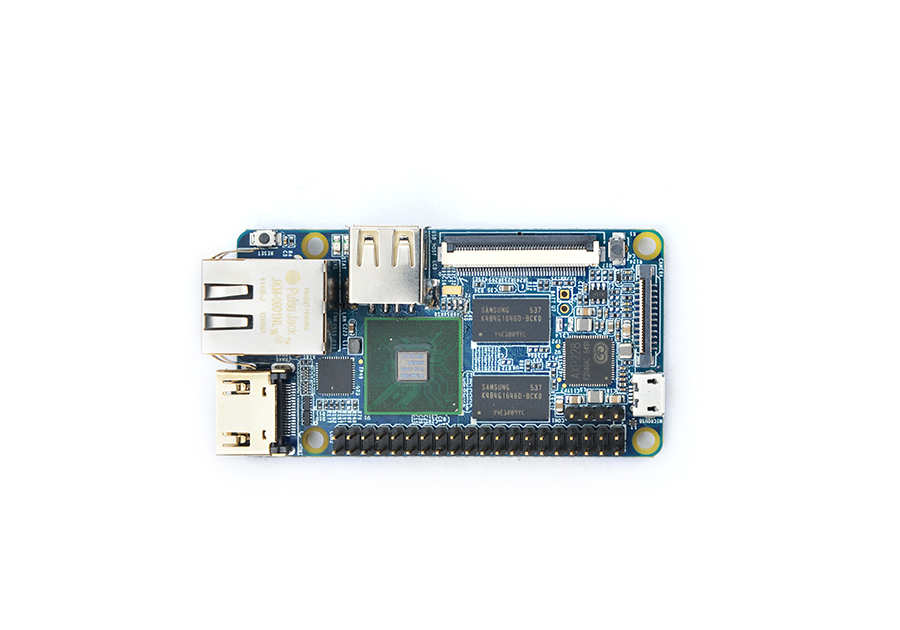
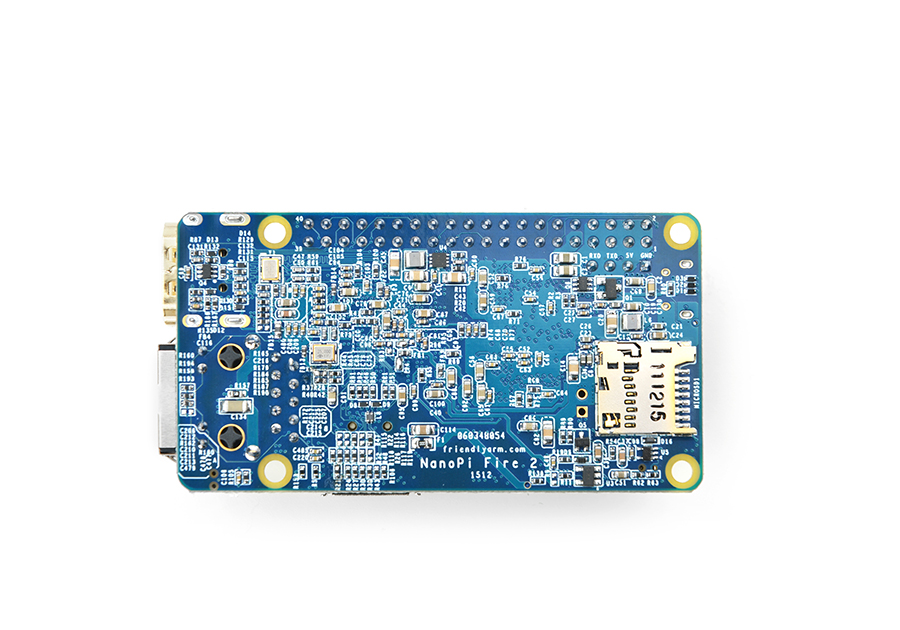
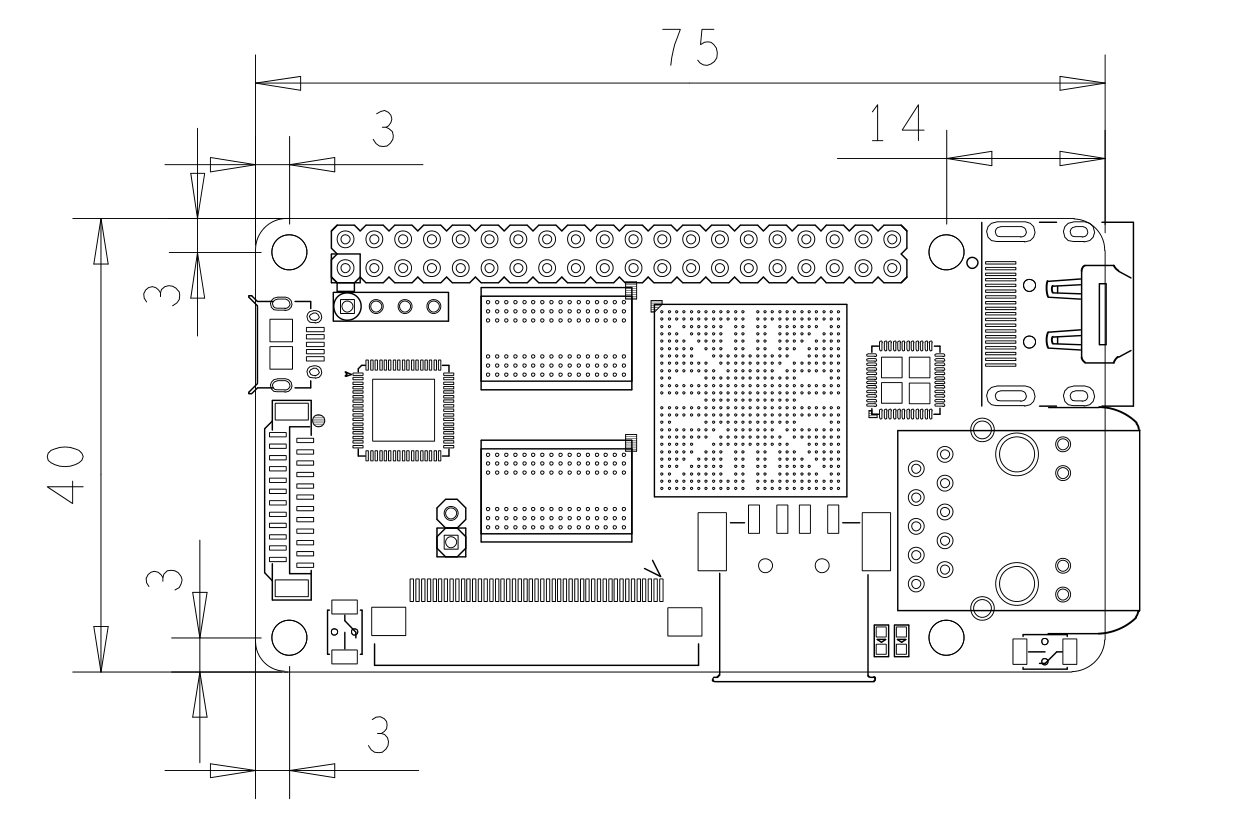
Applications of NanoPi2 Fire
Android 5.1 Ready
Boot OS from TF Card
Specifications
| Item | Details |
|---|---|
| Processor | Samsung S5P4418 Quad Core Cortex-A9, 400Mhz ~ 1.4GHz |
| PMU Power Management | AXP228, support software power-off, sleep and wakeup functions |
| System Memory | 1GB 32bit DDR3 RAM |
| Connectivity | Gbps Ethernet Port (RTL8211E) |
| USB | 1 xUSB Host 2.0Type A, 1 x MicroUSB for data transmission and power input |
| Storage | 1 x MicroSD Slot |
| LCD | 0.5mm pitch 45pin FPC seat, full color TFT LCD(RGB:8-8-8) |
| HDMI | 1 x HDMI 1.4A Type A, 1080P |
| Camera | 0.5mm pitch 24 pin DVP FPC seat |
| GPIO | 40pin, 2.54mm pitch pin header compatible with Raspberry Pi 2’s GPIO pin header |
| GPIO | 1 x Micro USB for power input |
| Debug Serial Port | 2.54mm pitch 4 pin header |
| User Key | K1(power key), Reset |
| PCB Dimension | 75 x 40mm, Six-layer |
| Power: | DC 5V/2A |
| OS/Software | u-boot, Android5.1, DebianJessie 8 |
7. Asus Tinker Board
Price: 57.10$
The ASUS Tinker Board is a single board computer launched by ASUS in early 2017. Its physical size and GPIO pinout are designed to be compatible with the second-generation and later Raspberry Pi models. The first released board features 4K video, 2GB of onboard RAM, gigabit Ethernet and a Rockchip RK3288 processor running at 1.8 GHz.[1]
Specifications
| Model | Tinker Board | Tinker Board S |
|---|---|---|
| Release Date | April 2017 | January 2018 |
| SoC | Rockchip RK3288 | |
| Architecture | ARMv7-A(32-bit) | |
| CPU | Quad core 1.8 GHz ARM Cortex-A17 (up to 2.6GHZ turbo clock speed) (32-bit) | |
| GPU | 600 MHz Mali-T760 MP4 GPU | |
| RAM | 2GB dual channel LPDDR3 | |
| Storage | removable MicroSD slot ( supporting SD 3.0 ) | 16GB eMMC + removable MicroSD slot ( supporting SD 3.0 ) |
| Video output | full size HDMI 1.4, MIPI-DSI (compatible with the Raspberry Pi 7″ display and others) | full size HDMI 1.4 (CEC support added), MIPI-DSI (compatible with the Raspberry Pi 7″ display and others) |
| Video input | MIPI-CSI camera | |
| Audio | RTL ALC4040 HD CODEC, Play: 24bit/192kHz, Record: 24bit/96kHz3.5 mm audio jack ( supporting line out and microphone in ) | RTL ALC4040 HD CODEC, Play: 24bit/192kHz, Record: 24bit/96kHz3.5 mm audio jack ( supporting line out and microphone in, Plug-in Detection and Auto-Switch ) |
| Other IO | 40-pin header with:
1 x 2-pin contact pin :
|
40-pin header with:
1 x 2-pin contact pin :
1 x 2-pin Power-on Header |
| USB | 4 x USB 2.0 ports | |
| Networking | Gigabit LAN ( not shared with USB bus ) | |
| Wireless | Bluetooth V4.0 + EDR, 802.11 b/g/n Wi-Fi, with IPEX antenna header | |
| Power | Micro-USB; due to Micro-USB power delivery limitations, powering over GPIO is suggested [2][3] | |
| Form Factor | 3.37 inch x 2.125 inch ( 8.55 cm x 5.4 cm ) | |
| Weight | 55g | |
| Operating Systems | TinkerOS is a Debian Linux derivative & Android 6 | |
| Website | https://www.asus.com/Single-board-Computer/TINKER-BOARD/ | https://www.asus.com/Single-Board-Computer/Tinker-Board-S/ |
| Notes | The specifications provided by Asus[4] | |
8. MinnowBoard Turbot Dual Ethernet Dual-Core
Price: $171.39
This MinnowBoard Turbot features an expandable open-source hardware design with endless customization and integration possibilities.
The MinnowBoard Turbot Dual Ethernet board is a state of the art compact and affordable open source hardware platform that puts the power of a 64-bit Intel Atom into your hands. The system is perfect for DIY makers and developers who wish to explore a variety of uses including network appliances, firewalls, IoT and other embedded applications and products. It is compatible with a variety of open source operating systems including pfSense, OpenBSD, etc. OS support is available on MinnowBoard.org for Windows, *BSD, Linux, Android, Wind River Linux and Yocto Project.
| Form Factor | MinnowBoard compatible 99x103mm |
| CPU | Intel® Atom™ E3826 (2 x 1.46 GHz, 1MB cache, 7W, AES-NI) |
| DRAM | 2GB DDR3L 1067MT/s, Memory down (non expandable) |
| Ethernet | 2x 1Gb Ethernet RJ-45, Intel i211 |
| Video | Intel HD Graphics |
| 1x HDMI output | |
| Storage | 1x M.2 slot, with micro-SIM |
| 1x MicroSD | |
| I/O Connectors | 1x USB 2.0 host (Type-A) |
| 1x USB 3.0 host (Type-A) | |
| 8x buffered GPIO | |
| Expansion Interface |
MinnowBoard Max compatible Lure interface |
| High-speed expansion connector | |
| Low-speed expansion connector | |
| Console | HDMI, Serial via FTDI cable |
| Boot Loader | TianoCore UEFI / CoreBoot / SeaBIOS |
| Battery | BR1225 or CR1225 RTC backup battery (not included) |
| Power | 5VDC via coaxial power jack (threaded locking connector) |
| Temperature | Fanless ambient operating temperature: 0-40C |
| Certifications | FCC Part 15 Class A |
| CE Class A | |
| IEC-60950 | |
| RoHS/WEEE | |
| Storage Temp | -20 to 85°C |
| Mfg Part No | MBT-2220 |
Software Compatibility
Visit the MinnowBoard.org website for a wealth of software and hardware information related to the MinnowBoard.
Including information on adding your own operating system:
- Debian GNU/Linux
- *BSD
- Android Things (formerly Brillo)
- Windows 8.1
- Windows 10
- Android 4.4
- Ubuntu
- Yocto Project Compatible
- 64-bit Intel firmware (Learn more)
- Coreboot and U-boot support available via the community
- plus much more. See the MinnowBoard.org website for additional information.
- ACPI 5.0 support
Additional Hardware Specs and Materials
THIS SKU IS THE BOARD ONLY. Add your own power supply, M.2 SSD, enclosure, etc. For full system click here.
Open-source hardware under Creative Commons BY-SA 3.0
The MinnowBoard Turbot is intended to comply with all requirements and guidelines set forth by the Open Source Hardware Association (http://www.oshwa.org/)
Some lures require a larger power supply. Check with the lure manufacturer for power requirements.
Documentation
- See Minnowboard.org website for design files and technical specifications (https://minnowboard.org/)
- View or ask questions at the GitHub bugs and help (https://github.com/MinnowBoard-org/bugs-and-help/issues?utf8=%E2%9C%93&q=is%3Aissue%20is)
- Get Started with your MinnowBoard Turbot (https://minnowboard.org/tutorials/getting-started)
- Intel Drivers here [You really want to look here…lots of great information.]
- MinnowBoard Turbot FCC Report
Lures
Expansion Boards / Daughter cards are available separately with additional functionality including:
- DESERT LURE – Prototype board using the Low Speed Expansion port
- FISH FOOD LURE – Breadboard breakout and ribbon cable for the Low Speed Expansion port
- GPS LURE – Turn your MinnowBoard into a Stratum-1 NTP clock
- SPI HOOK – SPI flash programmer and RS232 port
- MORAY LURE – XBee 802.15.4 wireless access
- Other Lures
Warranty and Support Information
- One year manufacturers warranty. Note: This is a 5V system. If you plug in a 12V PS you will blow up your board. Self-harm is not covered under the warranty.
- Contact Netgate for warranty support.
- All Specifications subject to change without notice.
9. UDOO X86
Price: 174$-167$
UDOO X86 is the New PC: the most powerful x86 maker board ever and an Arduino™ 101-compatible platform, all embedded on the same board.
On UDOO X86 you can run all the software available for the PC world, from gaming to video streaming, from graphical editors to professional development platforms, plus all the software or the Arduino™ 101 world, including all the sketches, libraries and the official Arduino™ 101 IDE.
You won’t ever worry about lack of drivers or stuff like that. This is a true next-generation computer.
It is based on Quad Core 64-bit new-generation x86 processors made by Intel®, designed for the PC domain. Prodigious processors concentrated in 14 nm, with an amount of energy consumption of 5 or 6 Watt.
You can check out our Kickstarter Campaign.
Download the UDOO X86 datasheet here.
Download the UDOO X86 3D Design File.
| CPU INTEL ATOM X5-E8000 UP TO 2.00 GHZ |
|
| 2 GB DDR3L | |
| INTEL HD GRAPHICS UP TO 320 MHZ |
* The communications between the Braswell SOC and the CurieTM SOC come through a USB interface, exactly like Arduino 101 / Genuino 101 boards connect to external PCs.
BT 4.2 & WIFI
– Bluetooth 4.2
– Wifi
IoT READY
– Microsoft Azure
– Intel Moon Island
– UDOO Bricks
– UDOO Blu
AVAILABLE OS
– Windows 10, 8.1, 7
– All Linux Distro x86 64Bit
– Android
GREEN PC
– Low Consumption
– Fanless
10. Marvell ESPRESSObin ARM 64
Price: 3.6$
| SoC | Marvell Armada 3700LP (88F3720) dual core ARM Cortex A53 processor up to 1.2GHz |
| System Memory | 1 GB DDR3 or optional 2GB DDR3 |
| Storage | 1x SATA interface 1x micro SD card slot with footprint for an optional 4GB EMMC |
| Network Connectivity | 1x Topaz Networking Switch 2x GbE Ethernet LAN 1x Ethernet WAN 1x MiniPCIe slot for Wireless/BLE periphereals |
| USB | 1x USB 3.0 1x USB 2.0 1x micro USB port |
| Expansion | 2x 46-pin GPIO headers for accessories and shields with I2C, GPIOs, PWM, UART, SPI, MMC, etc. |
| Misc | Reset button, JTAG interface |
| Power supply | 12V DC jack or 5V via micro USB port |
| Power consumption | Less than 1W thermal dissipation at 1 GHz |
| Component | Version | Download | Github Link | Wiki page |
|---|---|---|---|---|
| Linaro Toolchain | 5.2-2015.11-2 | Download | Link | Build From Source – Toolchain |
| Bootloader | U-Boot 2017.03-armada-17.06 | Download | Link | Build From Source – Bootloader |
| Bootloader | U-Boot 2017.03-armada-17.10 | Download | Link | Build From Source – Bootloader |
| Linux kernel | 4.4.8-armada-17.02-espressobin | Download | Link | Build From Source – Kernel |
| Linux kernel | 4.4.52-armada-17.10 | Download | Link | Build From Source – Kernel |
| Buildroot | 2015.11 | Download | Link | Build From Source – Buildroot |
| Ubuntu | 14.04.5 LTS | Download | Link | Creating Ubuntu filesystem |
| Ubuntu | 16.04.3 LTS | Download | Link | Creating Ubuntu filesystem |
| Yocto | Yocto project 2.1 (Krogoth) | Download | Link | Build From Source – Yocto |
| OpenWrt | openwrt-dd-17.02 | Download | Link | Build From Source – OpenWrt |
| OpenWrt | openwrt-dd-17.06 | Download | Link | Build From Source – OpenWrt |
| OpenWrt | openwrt-dd-17.10 | Download | Link | Build From Source – OpenWrt |
| ArchLinux | ArchLinux ARM | Download | Link | Boot from removable storage – ArchLinux |


